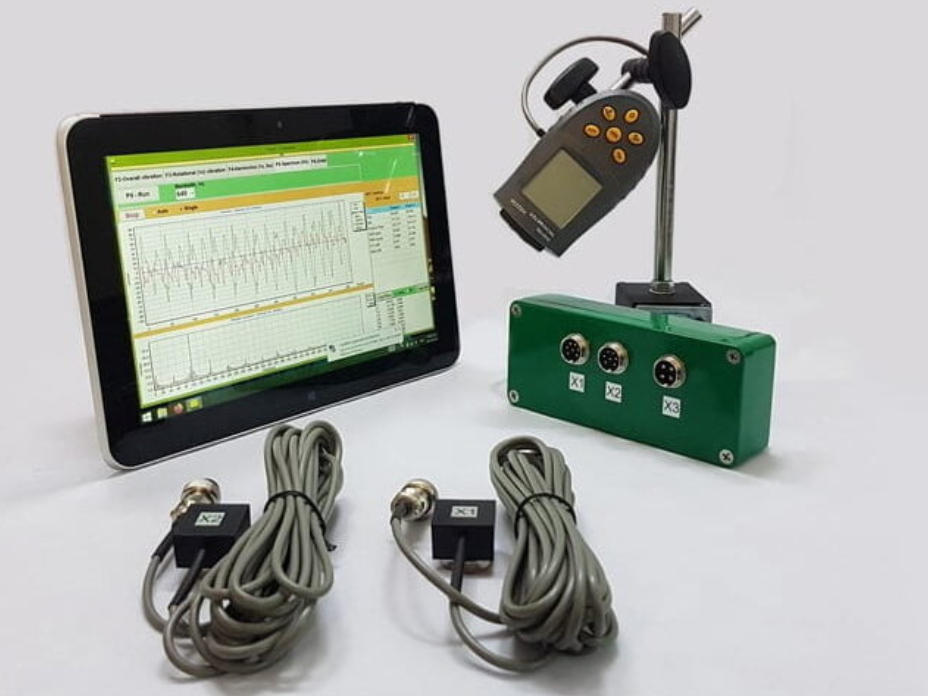South Korea shatters national debt taboo to tackle inequality

South Korea Economy updates
Sign up to myFT Daily Digest to be the first to know about South Korea Economy news.
South Korea may have hauled its economy out of a coronavirus-induced recession, but there is little celebration in Seoul’s corridors of power. Instead, focus has shifted to a plight that has become too widespread to ignore: inequality.
“We are looking at the issue with a sense of crisis,” Kim Boo-kyum, the prime minister, told the Financial Times.
Growing inequality and the plight of the country’s poverty-stricken elderly population — a generation of Koreans who rebuilt the country after the Korean war — was particularly “painful”, he admitted.
Booming shipments of computer chips and smartphones as well as cars and ships have helped rescue the world’s 10th-largest economy. But the rosy data has masked chronic economic conditions for many Koreans: unparalleled elderly poverty, high youth unemployment, out-of-reach property prices, spiralling household debt and soaring costs of education.
Ahn Do-geol, the vice-finance minister responsible for the government’s budget office, said supporting low-income people hit hardest by the pandemic was the priority of the country’s fiscal policy.

“As the economy recovers, we are seeing a [widening] wealth gap as the income of those who adjusted well during the pandemic rebounds fast, while the job market recovery for socially vulnerable people remains weak,” he said.
Household debt has nearly doubled over the past decade to a record Won1,806tn ($1.54tn) in the second quarter. The income of many self-employed people, who make up almost a third of the labour force, has been slashed after months-long coronavirus restrictions battered small businesses.
Middle-class households have been priced out of the property market, with apartment prices in Seoul nearly doubling since President Moon Jae-in took power in 2017, despite at least 20 new policy initiatives and regulations to rein in rising prices.
Poverty now affects more than 40 per cent of South Koreans over the age of 65, the highest percentage among OECD members, while nearly one in 10 young South Koreans is jobless.

Last month, despite the uncertainties posed by the Delta variant, South Korea’s central bank bucked expectations and raised interest rates, citing financial imbalances. It was one of the first central banks to raise rates since the start of the pandemic.
At the heart of the government’s response to inequality is a decision to shatter a debt taboo for Korean economic planners since the dark days of the 1997/98 Asian financial crisis. Seoul is now comfortable extending the national debt beyond the 40 per cent of gross domestic product threshold that policymakers stuck to for the past decade.
Under a record budget plan unveiled this month, Seoul will deploy Won604.4tn next year, an 8.3 per cent increase from this year’s initial outlay, on expanding welfare benefits, creating jobs and developing emerging technologies.
The spending will push debt to 50.2 per cent of GDP next year, from 36 per cent in 2017. According to government proposals, it has established a midterm debt ceiling at 60 per cent of GDP by 2025, from 47.3 per cent this year.
“The coronavirus crisis has exposed social polarisation. If left as it is, this will cause a big problem to social unity. We need to respond to this actively,” said Ahn.
The IMF has estimated that South Korea’s debt ratio will still be less than a third of Japan’s and just half of that for the US by 2025.
But concerns linger. Worries over the fast pace of rising government debt have been exacerbated by a rapidly ageing population and the world’s lowest birth rates, which risks increasing South Korea’s fiscal burden.
If the national debt continues to increase at this rate, each newborn baby will owe more than Won100m when he or she becomes a high school student, according to the state-run Korea Economic Research Institute.
“The country needs a countercyclical fiscal policy for stable and sustainable growth,” said Park Seok-gil, an economist at JPMorgan.
“But it is unclear if the government is willing to reduce spending when the economy recovers. Once you make commitments to welfare policies such as cash handout programmes earmarked for target groups, it is hard to roll them back. Anyhow, rigid welfare spending is bound to increase given the fast-ageing society.”
The government has also been criticised for successive stimulus packages, coupled with low interest rates, which have flooded markets with cheap money, inflating asset prices.
“It is not just because of government stimulus, but we are seeing growing financial imbalances such as asset bubbles because of increased liquidity. It is time to roll back the expansionary policy,” said Taeyoon Sung, economics professor at Yonsei University.
Despite those concerns, Ahn did not rule out the possibility of the debt ratio increasing further to allow investment in areas identified as growth drivers such as non-memory chips, electric vehicle batteries and biopharmaceutical products.
“The pandemic has accelerated the shift towards the digital, low-carbon economy,” he said. “As a small open economy sensitive to circumstantial changes, we should react to the changes quickly.”








